Benefits Of Microorganisms in Your Cannabis Garden

- 1. Microorganisms and cannabis
- 2. How to improve cannabis plant growth with beneficial bacteria
- 3. Bacteria
- 3. a. Signs of harmful bacteria
- 4. Fungi
- 4. a. Signs of harmful fungi
- 5. Nematodes
- 5. a. Signs of harmful nematodes
- 5. b. Predatory nematodes
- 6. The importance of microbes and beneficial bacteria in cannabis grow
- 6. a. Make nutrients more available
- 6. b. Enhance root system
- 6. c. Avoid overfeeding
- 6. d. Control pests
- 7. Non-beneficial microbes and fungi
- 8. In conclusion
Naturally, the soil contains millions of microorganisms, either beneficial or harmful to cannabis seeds. As an organic grower, you should try to provide everything your plant needs to grow healthy and this is when microorganisms come in. Beneficial microorganisms develop a symbiotic relationship with your plants, stimulating growth, and protecting your plant.
1. Microorganisms and cannabis
Microorganisms can be found everywhere from our skin to inside our bodies and are composed mainly of bacteria, viruses, and fungi.
| Microorganisms and symptoms | ||
|---|---|---|
| Microorganism | Beneficial | Harmful |
| Bacteria |
|
|
| Fungi |
|
|
| Nematodes |
|
|
In some cases, these organisms can be bad but some of them are essential for humans and every other living thing, including cannabis. When talking about Cannabis plants, microorganisms tend to live in the rhizosphere which is the area surrounding the roots, this means that depending on the microorganisms you have present, it could be extremely beneficial or harmful. Beneficial microorganisms can enhance plant growth, protect your plant from diseases and bugs, and even fix deficiencies.
2. How To Improve Cannabis Plant Growth with Beneficial Bacteria
Beneficial microorganisms are any kind of bacteria, fungi, viruses, and nematodes that can live in a symbiotic relationship with your cannabis, although being good or bad depends on the microorganism and specific situation.
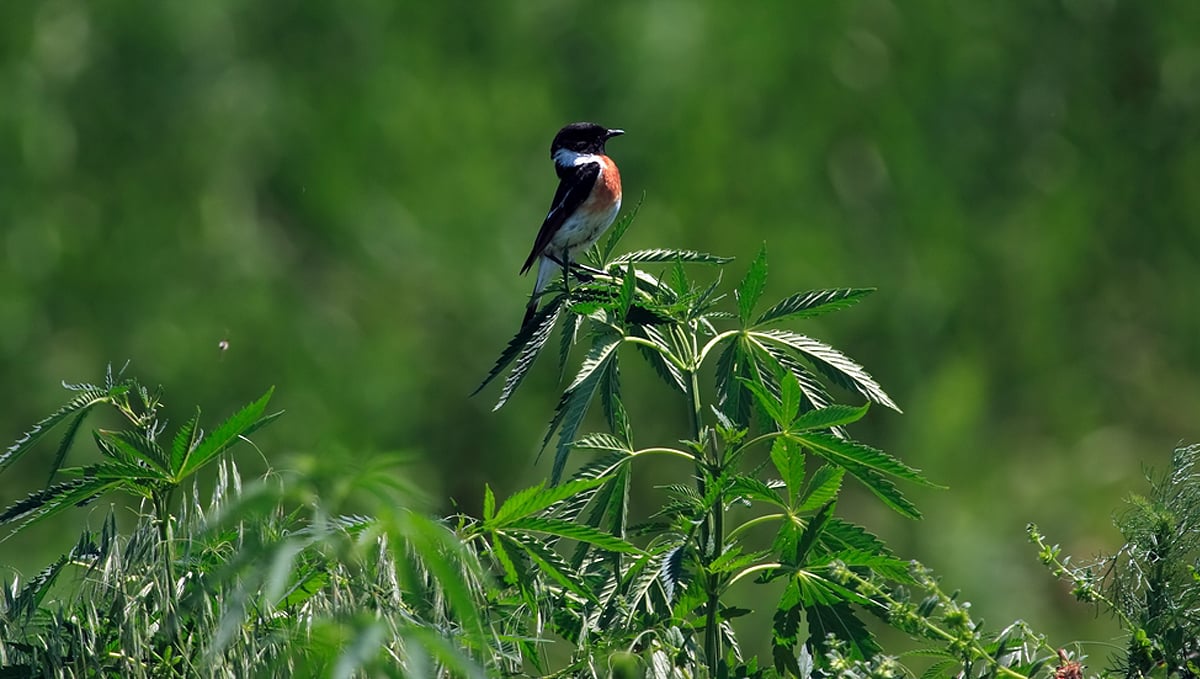
These microscopic beings basically decompose minerals to make them more available to your plants, as well as keeping the soil free of harmful microorganisms and also enhancing plant growth. Although birds are not microorganisms they are a good example, it's said to be beneficial because they eat and spread the seeds with their feces but they can also feed on your plant.
3. Bacteria
Bacteria are one of the first life forms that appeared on Earth and are present in most habitats, from soil and water to radioactive waste. These microorganisms can be parasitic but can also have a symbiotic relationship with animals and all types of plants. There are a lot of beneficial bacteria that can benefit Cannabis, including the Cyanobacteria and Arthobracter species.
Epiphyte bacteria
Epiphytic bacteria are those that can live on the leaves, roots, buds, and seeds, basically anywhere on the surface of the plants in a beneficial relationship such as Cyanobacteria.
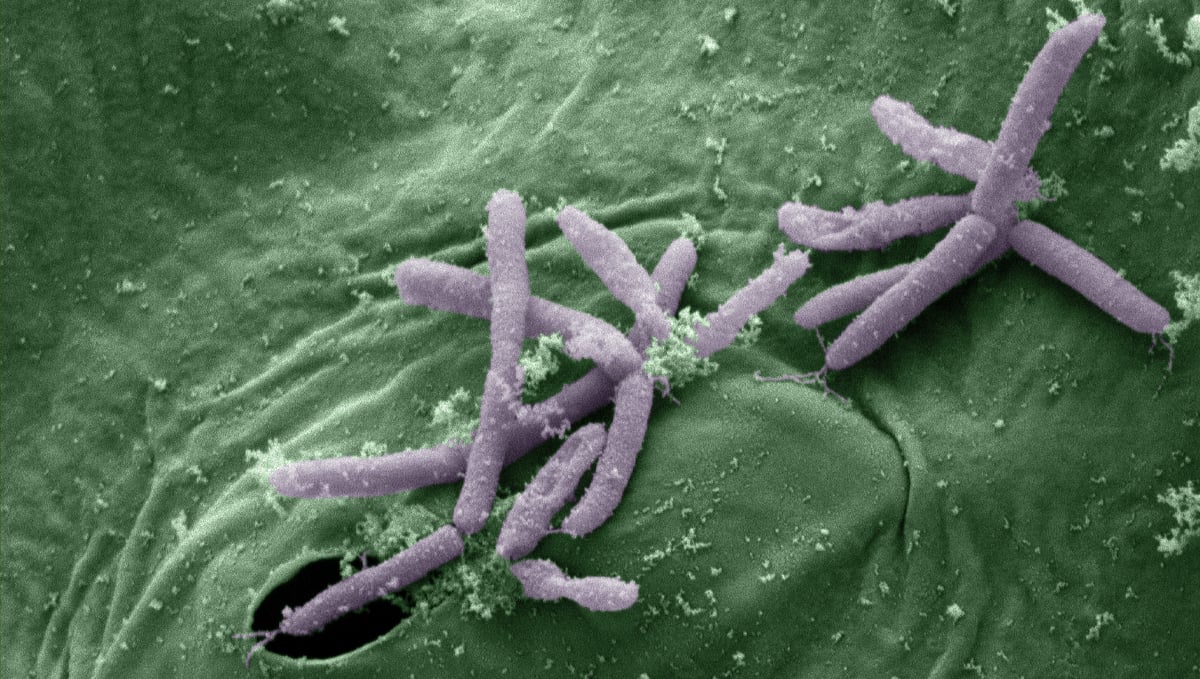
Cyanobacteria are microorganisms that help produce and release oxygen as a byproduct of photosynthesis, transforming poorly-oxygenated into oxygen-rich soil, which helps cannabis in all of its processes, mainly in the transpiration process.
Endophyte bacteria
Endophytic bacteria are microorganisms that thrive inside your plants and can encourage growth even in harsh conditions such as Arthobracter. These bacterias improve nutrient absorption, can combat stress, and improve plant health by producing antibiotics to protect your plant.
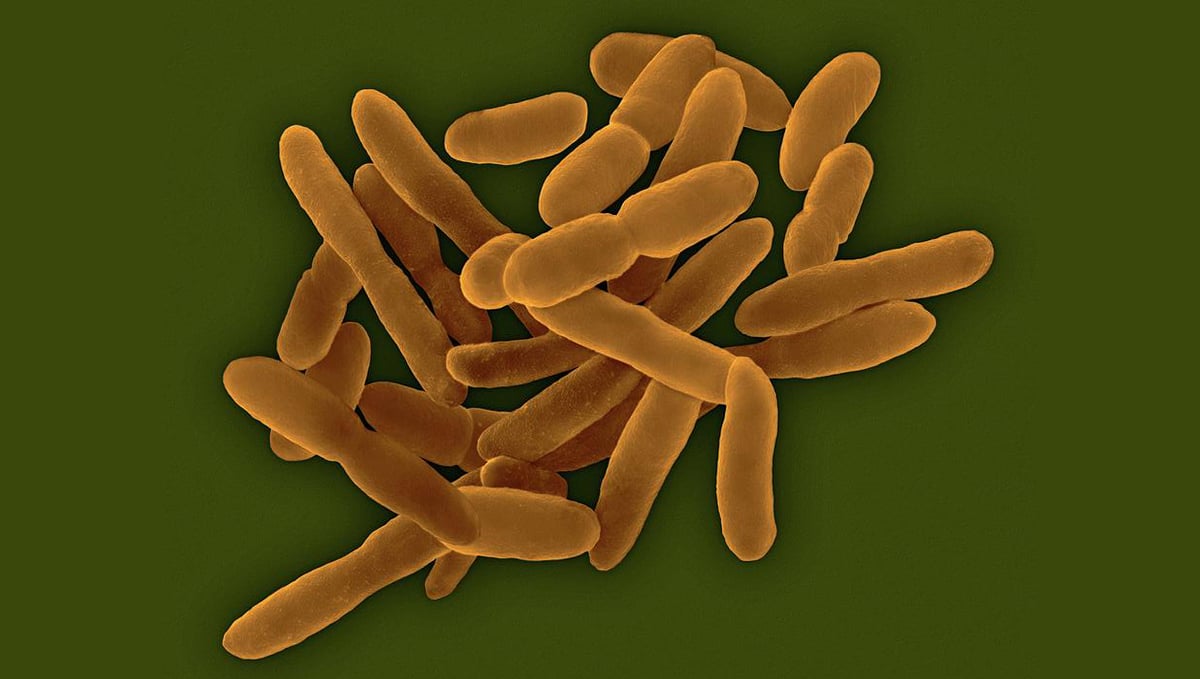
Arthrobacter bacterias are commonly found in soil all over the world and can also be found inside your Cannabis, these primitive beings can feed on herbicides and pesticides, removing harmful elements from the soil and plants.
Harmful bacteria
As said above, bacterias can be beneficial but can also be bad to humans and plants, this is why you need to know which ones you’re introducing into your soil. But because bacteria can be present in the air, water, and even on your skin, it can be quite hard to know exactly which one you have.
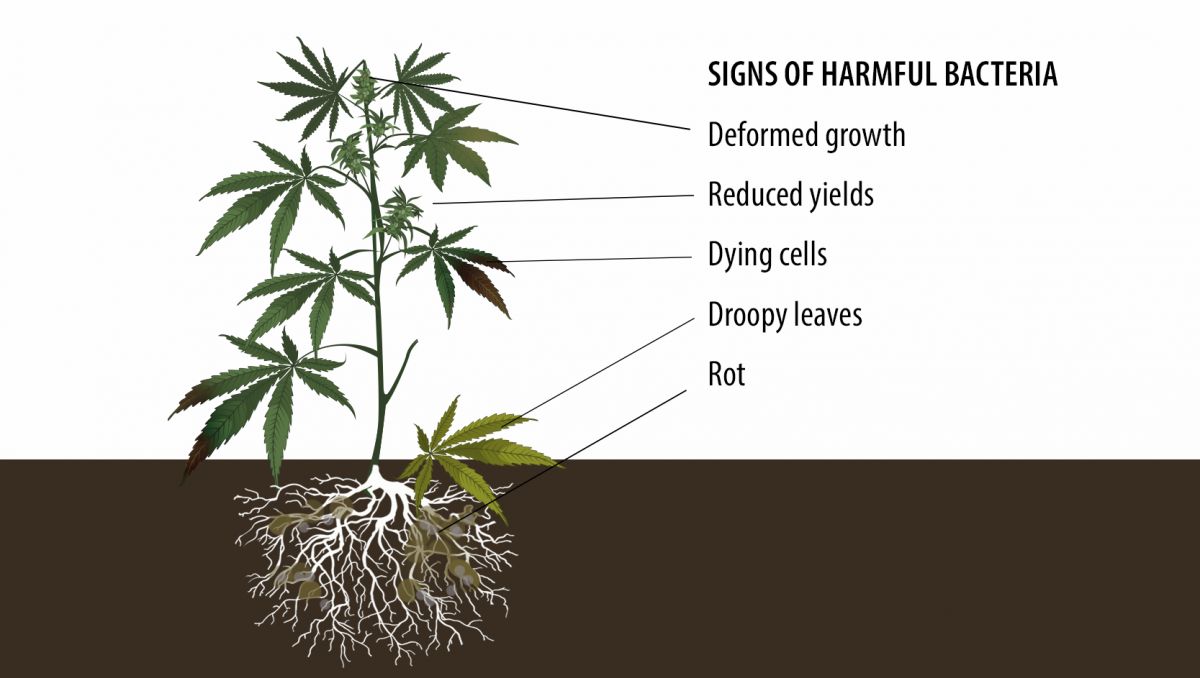
These organisms are so tiny that you won’t be able to see them with the naked eye, so you won’t know your plants are infected until you see the symptoms. Bacterias such as Erwinia amylovora and Agrobacterium tumefanciens for example, are two of hundreds of bacteria that can affect your plant.
Signs of harmful bacteria
- Deformed growth
- Reduced yields
- Rot
- Dying cells
- Droopy leaves
4. Fungi
Fungus include molds and mushrooms widely found in nature. These organisms are known in cannabis for causing root rot or bud rot, but just like bacteria, depending on the situation and type of fungus can also be beneficial. In Cannabis growing, a specific type of fungus named Mycorrhizae is in a beneficial relationship where the plant provides food while fungi enhance nutrient absorption.
Ecto mycorrhizae
Ecto mycorrhizae is a type of fungus that does not get inside the roots, this organisms live just outside the root system and can even be seen without a microscope.
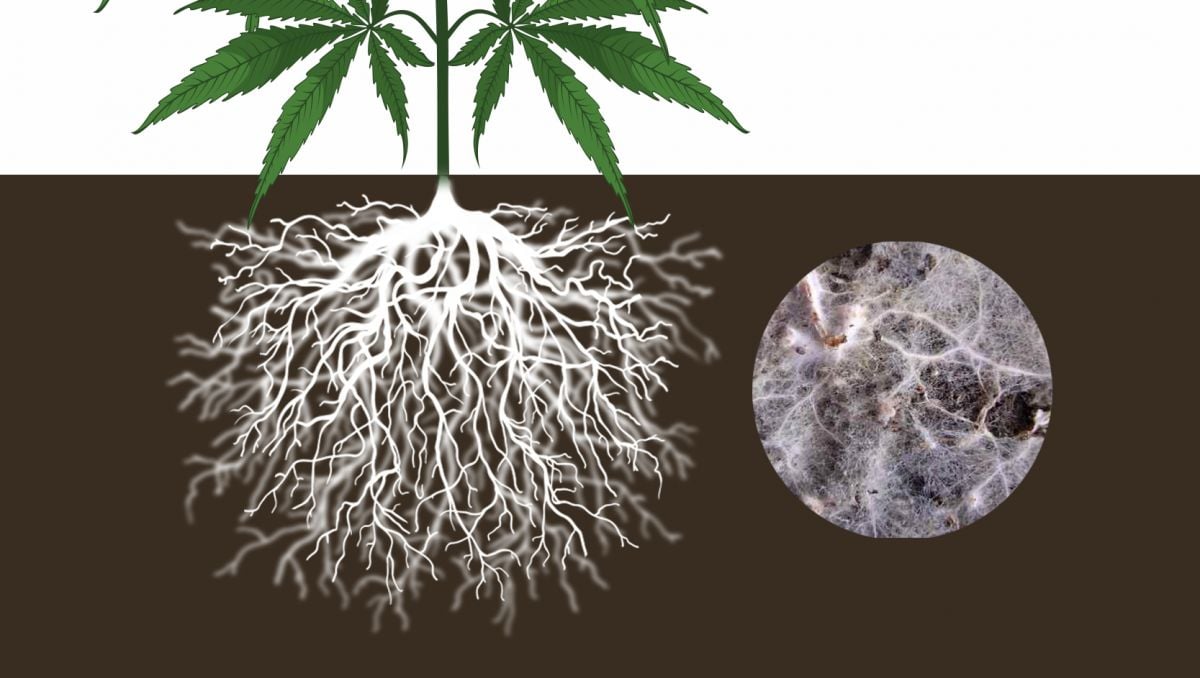
A good example of these fungi is Trichoderma koningii, this fungus is very common worldwide and is widely used on crops of all types due to its benefits as a biopesticide because it’s a great alternative in the regulation of fungi diseases.
Endo mycorrhizae
Endo mycorrhizae are basically the same as ecto mycorrhizae but they actually live inside the roots and bring a lot of benefits to Cannabis, such as Rhizopogon amylopogon. This specific fungus is known for developing a network that allows nutrient exchange between the fungus and the plants in exchange for carbon, which Cannabis produce during its respiration process.
Top-Quality, Recommended Products That Include Beneficial Fungi and Bacteria
- Piranha - This wonder product from our friends over at Advanced Nutrients is currently for the gold medal (along with a few other products) in the best additive category - in our opinion anyway. It comes in a liquid form so its application is easy with soil or hydro grows, and it helps create a perfect root environment for explosive growth through the vegetative and flowering growth stages. It is one of the few products on the market that contains a healthy balance of both beneficial fungi and bacteria, which unfortunately means it is a little on the pricey side.
- Mycoplant - This option is much more budget-friendly, while still containing all of the best mycorrhizae fungi. Glomus Intarradices is one of the most commonly used fungi in all organic farming and works in perfect symbiosis with the root system by allowing for better nutrient uptake and providing better overall vigor to the plant.
- Great White - If you are looking to introduce a great batch of beneficial bacteria with a healthy dose of fungi into your root zone, then it’s hard to go past Great White. Just like Piranha, this wonder product is very well balanced and actually offers 30 different types of fungi and beneficial bacteria. The difference is that this is made for clone transplantation, but can be used as a regular additive once every 3 months or so.
Harmful fungi
Just like bacterias, fungi can also be harmful to humans and plants. Fungi are attracted to cannabis when the humidity levels are higher than usual and they can rot your plant entirely.

Depending on the type of fungus, it can be really hard to spot them because usually, they start in the center of the buds, stem, or under the soil, on the roots so you’ll be able to spot them once the infection is quite grave. Fungi such as Botrytis cinerea, responsible for bud rot, and Podosphaera xanthii, responsible for powdery mildew are one of the most common found in Cannabis. Fungi can start as a white powder (powdery mildew) or as brown rotten spots (bud rot) that will start taking over your plant if left untreated, even though it won’t look like such a big deal at the beginning, fungi can ultimately kill your whole crop.
Signs of harmful fungi
- Necrosis
- White or grey powder on your plant
- Yellow or translucent spots
- Thinning and rotting of the stems
6. Nematodes
Nematodes (aka roundworms) are mostly parasitics organisms that successfully adapted to all types of environments. These tiny worms live in soil and in the majority are harmful because they can eat your plant’s root, where they can infect your plant with diseases or cause root rot.
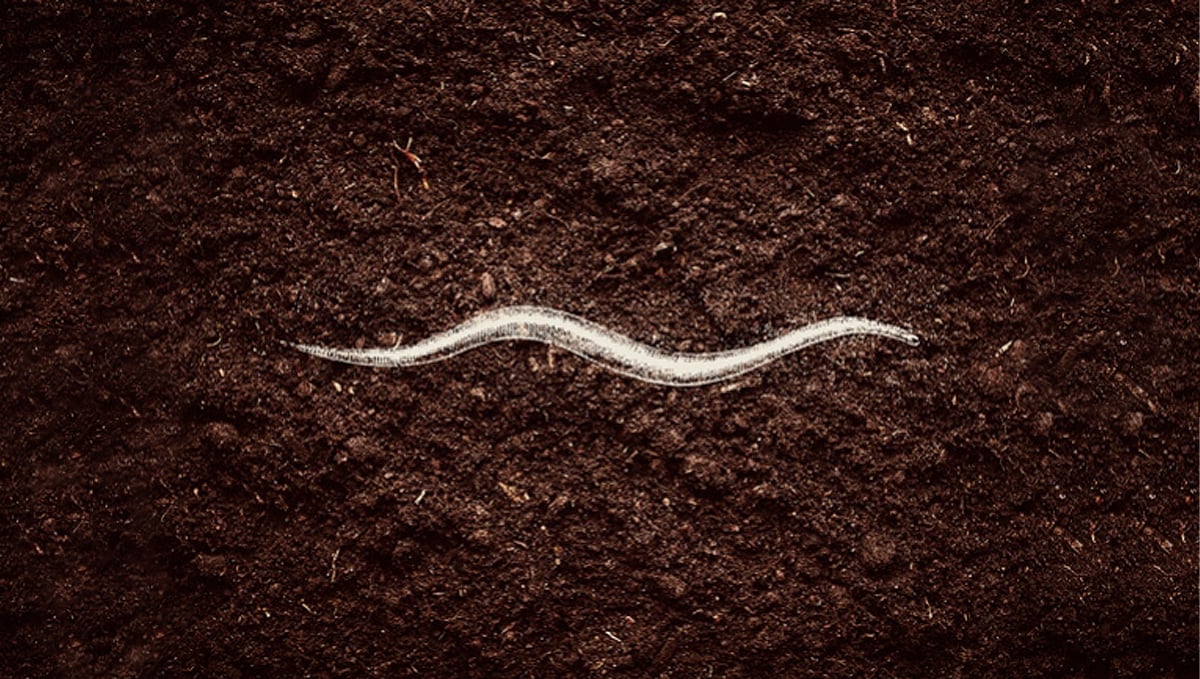
Even though they’re mostly harmful, there are some that are beneficial, such as Steinernema feltiae which feeds on fungus gnats and thrips, thus reducing the need for pesticides.
Harmful nematodes
Harmful nematodes present quite a risk to your cannabis because they are attracted to organic matter and mostly live in the soil. This means they will stay in the soil, making it hard to spot them, also, when these worms attack your plant you will see symptoms that resemble deficiencies like overfeeding or overwatering, confusing a lot of newer growers.

Because nematodes stay in the ground you’ll only know what you’re dealing with after your plant is already grave, making it really hard to get rid of them. Have in mind that there are some nematode species like Ditylenchus dipsaci that can live on your plant and feeds on the stems, branches, and petioles and will cause the same symptoms as other nematodes but can be easier to identify.
Signs of harmful nematodes
- Stunts roots
- Wilted leaves
- Yellow leaves
- Deformed stems
Predatory Nematodes
While many types of nematodes can affect the health of your crop in a harmful way, not all nematodes are a direct threat. In actuality, some forms of nematodes can act as a type of security system against their unwanted cousins. Monorchid nematodes, Dorylaimid nematodes, Steinernema feltiae, and Heterorhabditis bacteriophora are four of the ones that we particularly like to see in our cannabis root systems. They all work in slightly different ways, with some straight-up eating the nematodes they prey on. Others use a needle-like appendage to stab the undesirable microscopic critters while injecting a paralyzing agent. And then, yes, they eat them.
Once they have digested the pesky nematodes (and other parasitic, root zone dwelling guests), the by-products are released in a nutrient form that is available for the plants to absorb, turning the unwanted little pests into plant food. If you are looking to add beneficial nematodes to your crop’s root system, it’s best to head to your local hydroponics supplier to have a chat and see what is available. There are a bunch of products on the market.
8. The Importance of Microbes and Beneficial Bacteria in Cannabis Grow
There are a lot of advantages that you can benefit from by taking good care of your soil and introducing the right microorganisms, although it can mean that you’ll have to work a bit more, it’s definitely worth it.
Make nutrients more available
Even though nutrients can be widely present in the soil, Cannabis can have a hard time absorbing NPK or other vital nutrients because they have to be decomposed by the microorganisms to make it easy for plants to absorb. Microorganisms that hang around the roots can break down essential nutrients into smaller pieces which are easier to absorb and also produce other elements in the process, such as iron which is used by cannabis in smaller amounts. For example, bacteria like Azotobacter vinelandii and Rhizobia perform a process called nitrification that helps break down ammonia into nitrites, making nitrogen (N) more available for the roots to absorb.
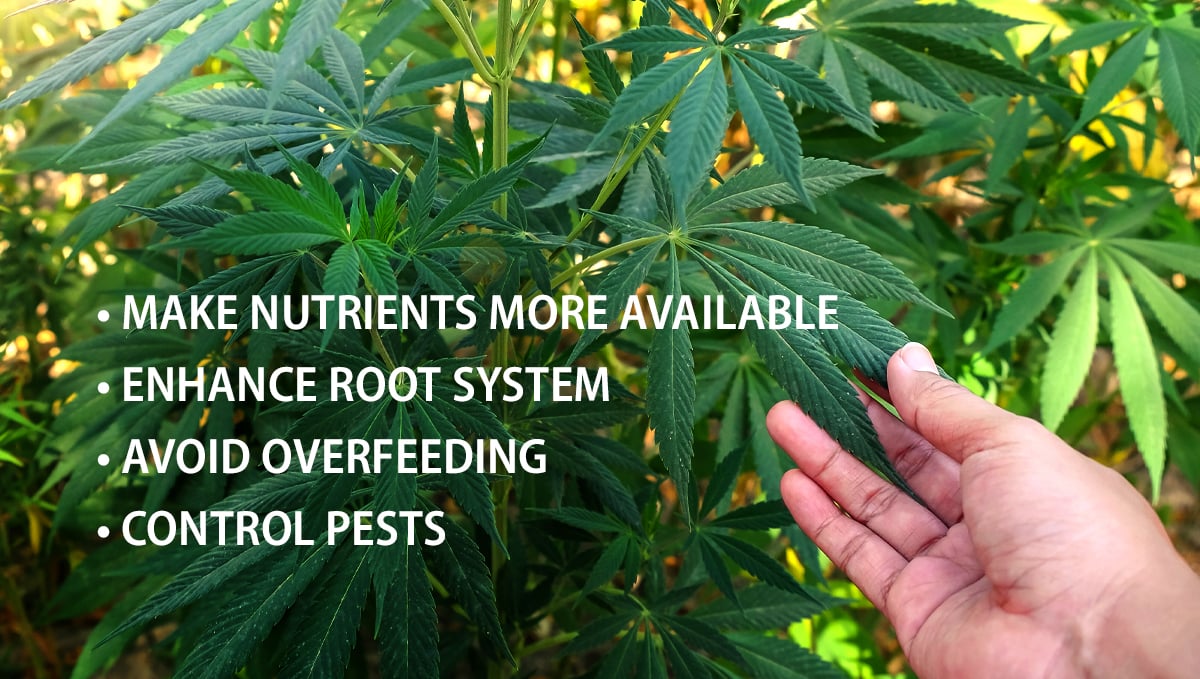
Enhance root system
Some organisms can improve the root’s ability to absorb water and nutrients this happens because some organisms can develop an extensive network that connects to the roots. For example, Glomus intraradices is a fungus that creates this kind of network, allowing your plant to reach water and nutrients without having to wait until the roots can reach those spots while also providing protection.
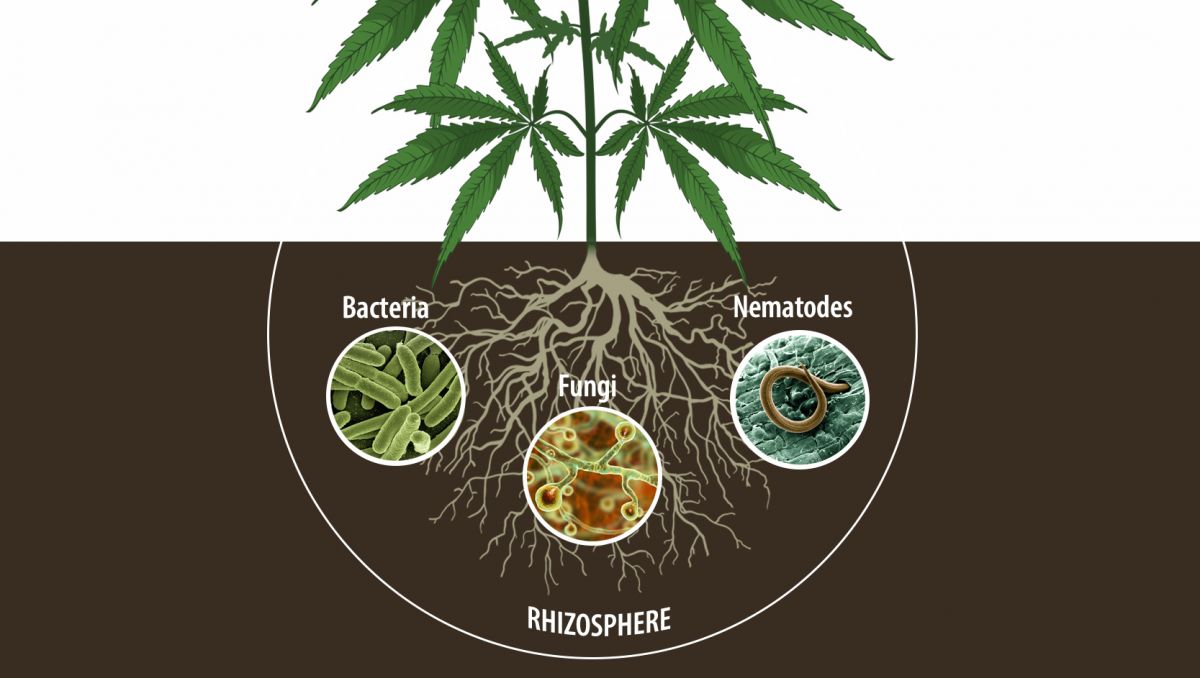
Avoid overfeeding
Even though nutrients are vital for your plant to grow, an excess can cause deficiencies and affect growth. Some microorganisms like Bacillus streptomyces can not only remove residual pesticides and other toxics but also get rid of the excess of nutrients, preventing overfeeding.
Control Pests
Because your plants and the microorganisms are living in a peaceful relationship that is beneficial to both, they will work together to combat and eliminate pests that want to attack them.
9. Non-Beneficial Microbes and Fungi
As you can see from this article there are a lot of benefits to having microorganisms and fungi in your cannabis garden. But it is very important to know there are also quite a few non-beneficial microbes and fungi. These can have life-threatening effects on your plants so it's important to know what to look out for. In the following section, we will run through the details of five main microbes and fungi that can be non-beneficial to your garden.
Fusarium
First up is Fusarium mold, this type of fungi can cause extensive damage in a cannabis garden if not addressed quickly. This fungus is known for its ability to spread quickly, often taking over an entire garden within days. It can cause wilting, stunted growth, and discoloration of leaves. In extreme cases, it can lead to plant death. Fusarium is also capable of producing toxins that can be harmful to humans, animals, and other plants in the area. Fusarium is first identifiable on the leaves of your cannabis plants. Leaves will start to have vein clearing, which means they will slowly begin to lose their green coloration. You may also spot some cotton-like substance on your plant's stems.
Pythium
Pythium is a soil-born organism that favors excessive soil moisture. Pythium effects in a cannabis crop can generally be prevented with good cultural practices. First of all, it is important to prevent overwatering by using proper drainage and aeration. Additionally, it is important to avoid wetting the foliage when watering, as this can spread Pythium throughout the garden which can have disastrous consequences. It is also important to keep an eye out for the signs of Pythium infestation, such as leaf discoloration and wilting.
The worst part about Pythium is by the time you spot signs above ground it can of already destroyed a lot of a plant's root system. This is why these good cultural practices are so important. If these symptoms appear, it is key to act quickly and apply an appropriate organic fungicide. To prevent this organism from appearing, it is strongly suggested to practice good sanitization techniques in the garden, such as wearing clean clothes, washing your hand and any tools properly, and cleaning out watering cans and feeders often.
Rhizoctonia
This is another type of fungus that can be caused by overwatering. However, Rhizoctonia can also be caused by disease-carrying insects such as thrips or aphids. If you do spot either of these pests in your garden, ensure you get rid of them as quickly as possible. Rhizoctonia effects in a cannabis grow are usually seen as dark and dry patches on the leaves of the plant. This fungus can also present itself as black-brown rotten-looking patches on stems. To prevent Rhizoctonia from affecting your cannabis plants, make sure that they are never overwatered, and always check for signs of pests. Although this is common knowledge amongst cannabis growers, it is a crucial part of growing that should not be overlooked.
Alternaria
This type of fungus is often spotted on leaves high above the pot or ground. It is recognizable as small black or grey circular spots. These spots can often form a colony and morph into one large dark patch on your cannabis leaves. Alternaria effects on a cannabis crop can be difficult to manage and can cause significant damage. It's important to take preventative steps and monitor your garden closely to avoid the spread of this fungal disease. Early detection is key – if you spot symptoms of Alternaria, it's best to act quickly before it spreads further.
The first step in preventing Alternaria infections is to keep your garden free of any debris or dead plant matter. This will create an inhospitable environment for the fungus, making it less likely to spread. Additionally, ensuring that your grow space has proper air circulation is important as this reduces the chances of moisture buildup, which can otherwise create a favorable environment for Alternaria and other negative microorganisms or fungi to thrive in.
Botrytis
Botrytis effects in a cannabis garden can be devastating, leading to significant crop loss and plant death. Botrytis is a fungal disease that infects cannabis plants through moisture and warm temperatures, causing grayish-white fuzzy patches on the leaves and buds. These patches develop a dark center as the fungus matures, releasing large amounts of spores into the environment. As these spores are airborne, they can pass the disease around your whole garden causing a full crop loss. This is another reason why it's so important to keep on top of the maintenance of your cannabis garden. Spending 10 minutes inspecting your plants is much easier than having to pull them all out and start again.
10. In conclusion
Even though it may seem quite complicated to new growers, adding beneficial microorganisms to your garden isn’t hard at all. You can buy organic nutrients at your local grow shop or you can easily compost or make KNF at home, either way, there are a couple of simple and effective ways to introduce them to your garden. If you have experience either with beneficial or harmful microorganisms, feel free to share your tips and tricks with fellow growers, leave a comment in the comment section below!
External References:
- Application of Microorganisms. - Li, Wen-Jun. (2020).
- Characterization of Soil Microorganism from Humus and Indigenous Microorganism Amendments. Mycobiology. - Jan, Umair & Feiwen, Rui & Masood, Jan & Se, & Chun, Chul. (2020).
- Microorganisms, Biofertilizers, and Sustainable Agriculture Part A. - Mitra, Debasis & Mahakur, Bhaswatimayee & Khoshru, Bahman & Mohapatra, Pradeep. (2020).








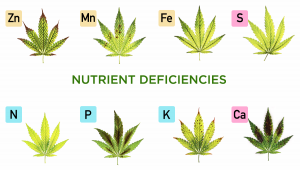
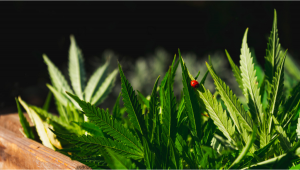
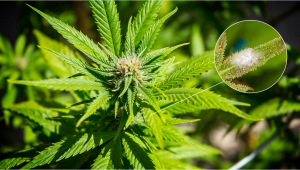


Comments